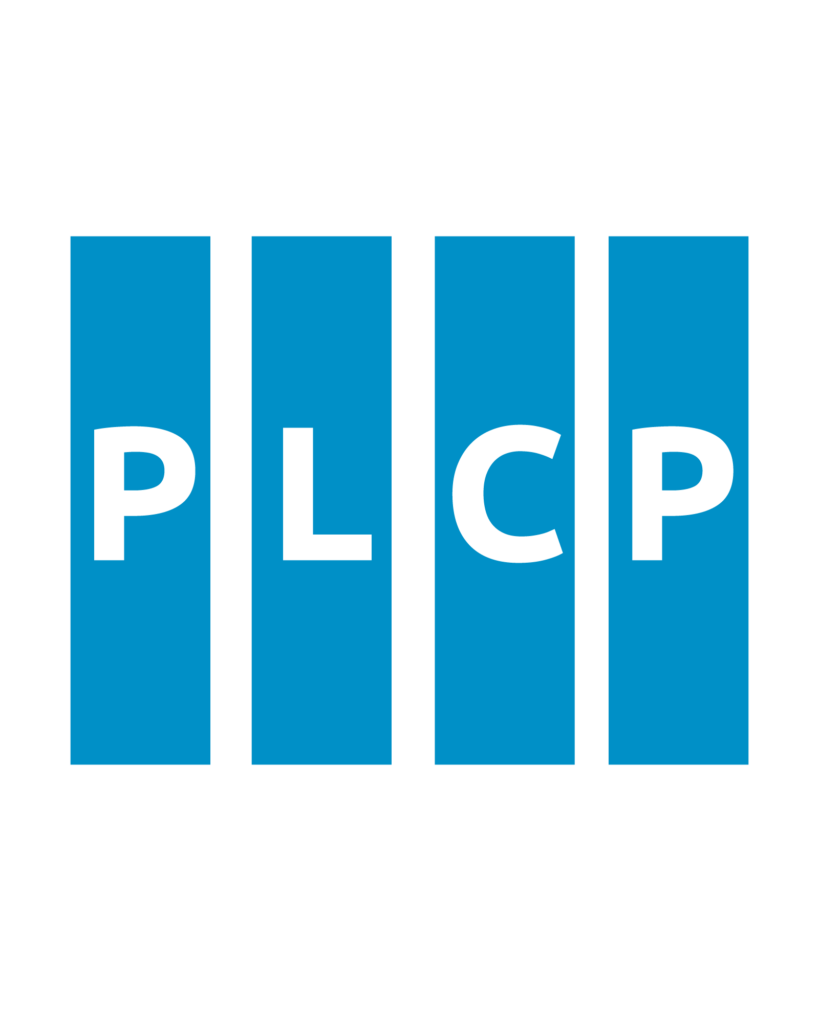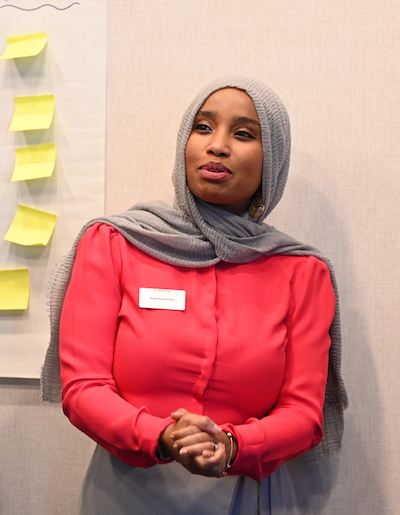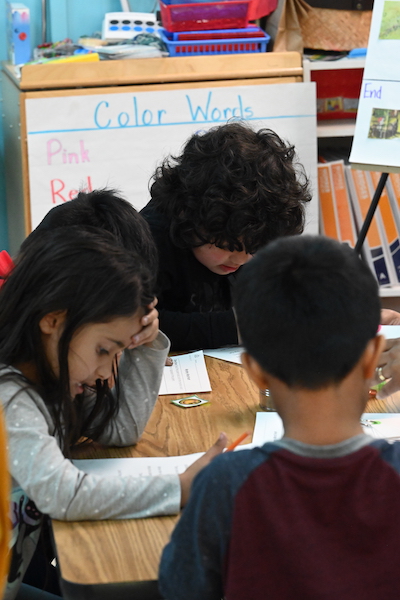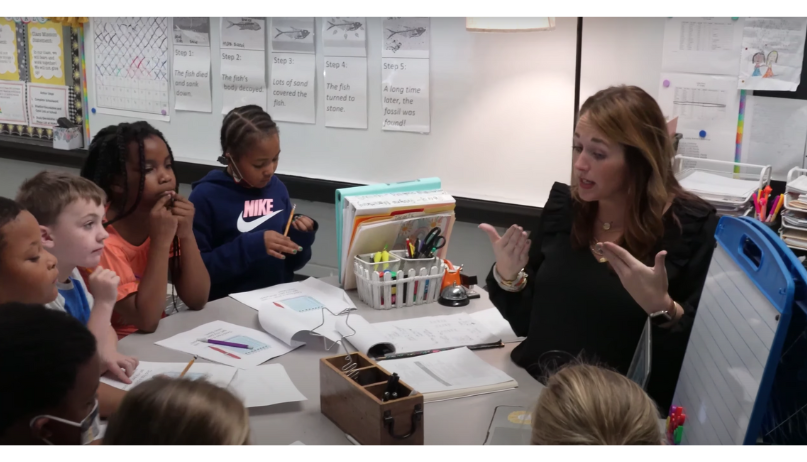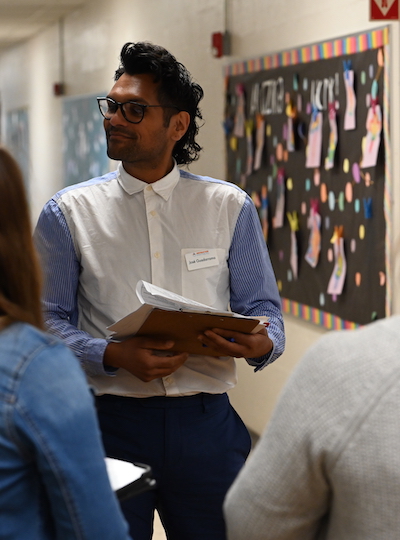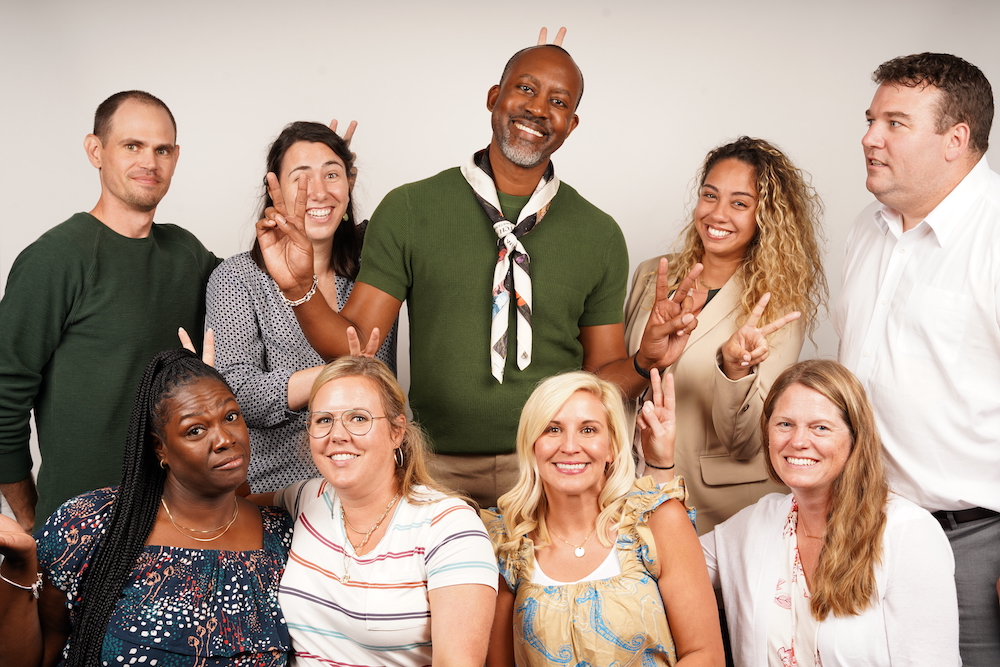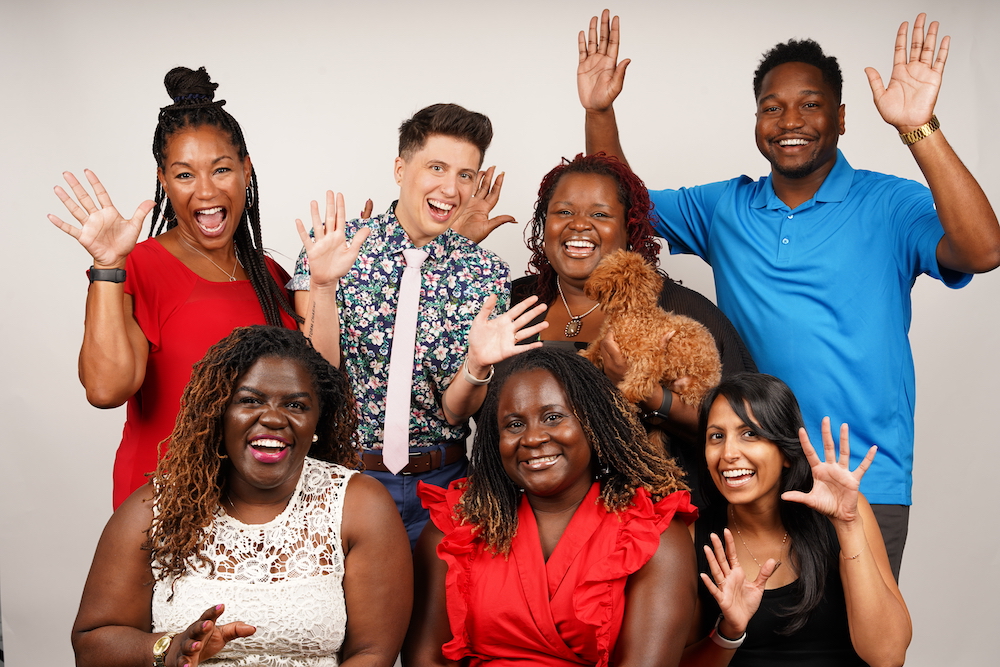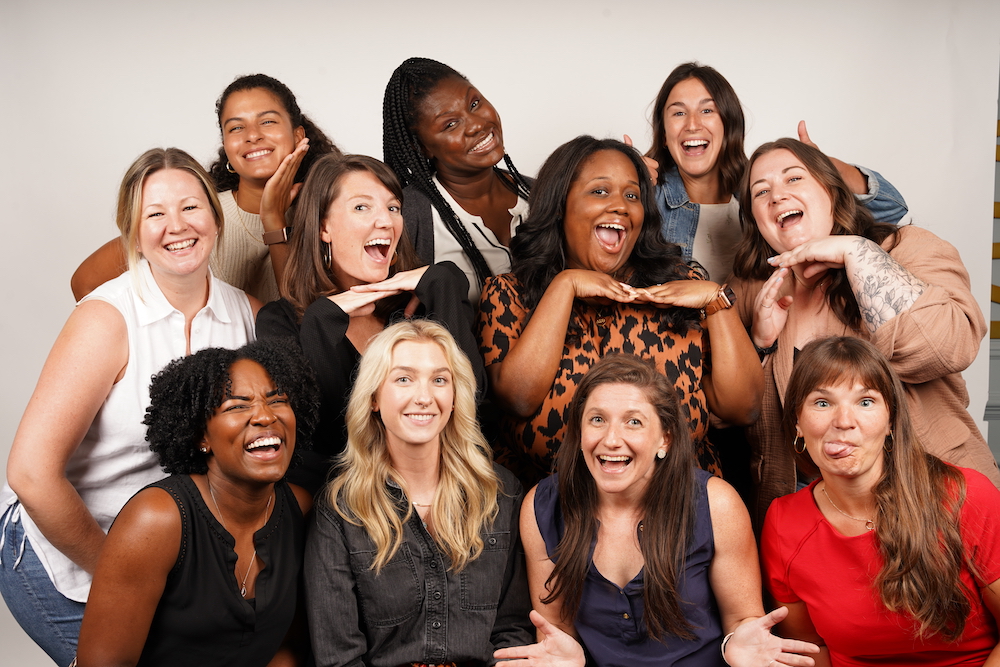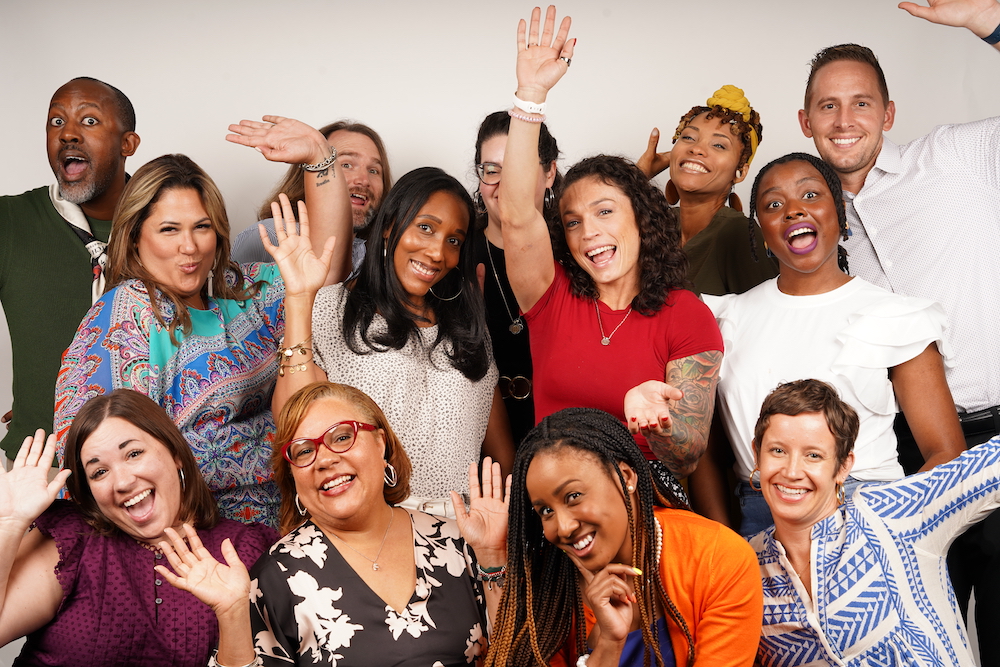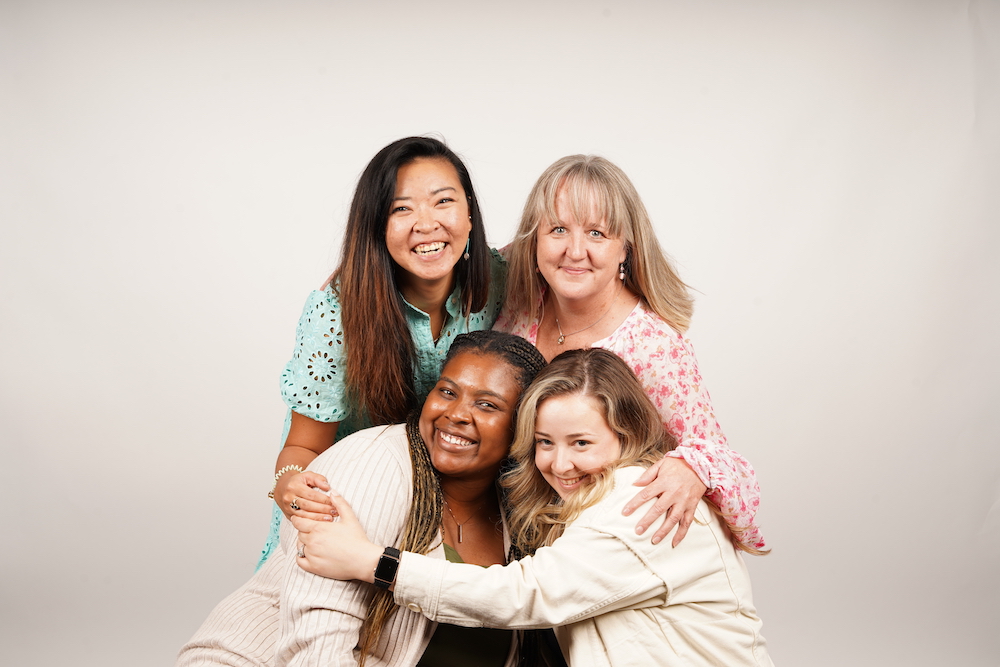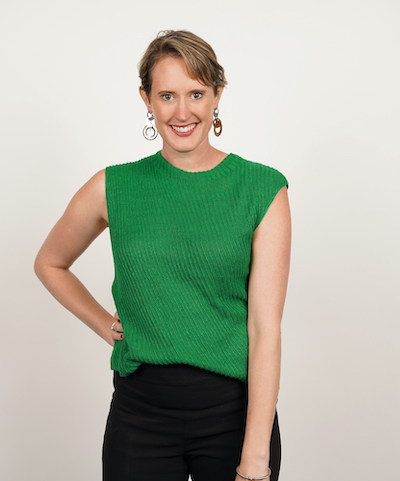
Letter from the CEO
Friends and colleagues,
We are far enough into this school year that memories of SY 2021–22 are a blur in the rear view mirror. But as we account for the year—accomplishments, lessons learned, and financials—I am struck by how important it was in our trajectory at Instruction Partners and the education field generally.
During the 2021–22 school year, Instruction Partners’ focus was providing value and service to our partners as they navigated another tough year. As schools returned to in-person instruction, we returned to a more consistent core service model. We began traveling again and delighted in getting back into schools with our partners. We brought a new focus on short cycles of capacity building and progress monitoring that allowed our partners to address challenges more nimbly and effectively. This new approach helped us get clearer about the key conditions and practices leaders need to provide better support for teachers and students. As you will read in this report, we saw our partners strengthen instruction and learning, even in challenging contexts. I am incredibly proud of these results.
As it was for our partners, the 2021–22 school year was a year of highs and lows for our organization. We lost a beloved teammate this year after a fierce battle with cancer. Like everyone, we saw higher than average rates of staff illness and family care as COVID affected almost every family on our team. Though we were able to reconnect in small groups throughout the year, for most of the year we missed that sense of team connection and alignment that comes from time all together.
We also had some extraordinary highs. We were able to bring our entire organization back together in the summer of 2022 and celebrate our community. We saw tremendous impact across partners and in some of our emerging service work—especially early literacy. We added an extraordinary new cohort to our team. And we were grateful to receive a generous gift from Mackenzie Scott in the winter.
The next several years of this recovery chapter will be defining for a generation of young people and for American education. We need to achieve unprecedented rates of improvement for our students in priority groups over the next several years. Instruction Partners will be working hard to serve a growing network of partners with the best of what we know while advancing our collective understanding about what leaders can do to better support teachers in accelerating student learning. We will also be planning our next five-year strategy. I look forward to sharing details about those plans next year.
We are nothing more or less than our people—our team, our partners, our funders, and our community. I am deeply grateful for every person who supports and advances our work. I hope this report will provide lines of sight into our work, offer insights into our impact, and allow us to continue the mission of strengthening instruction together.
In service,
Emily

